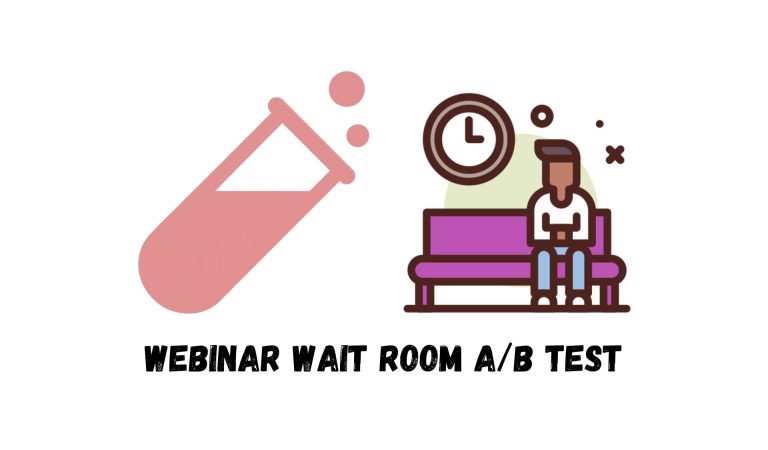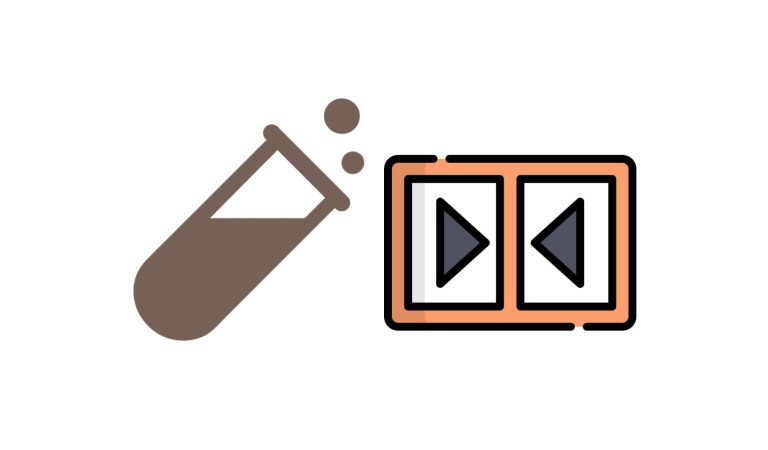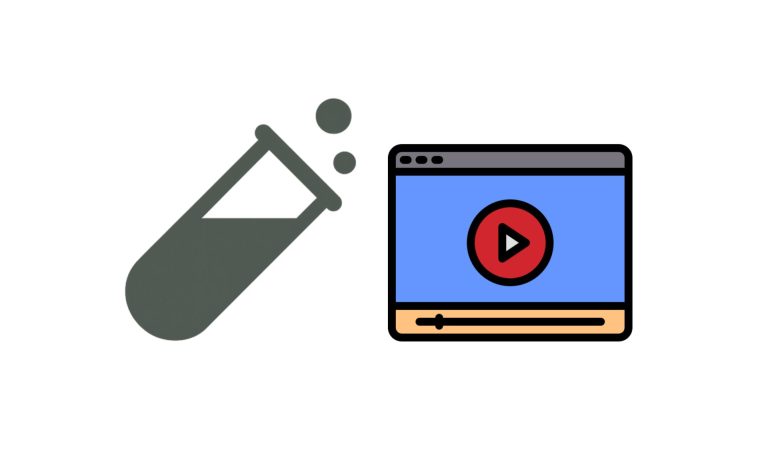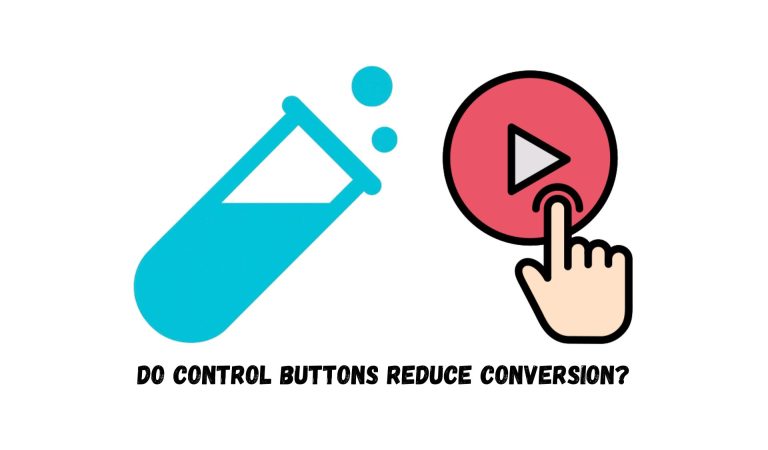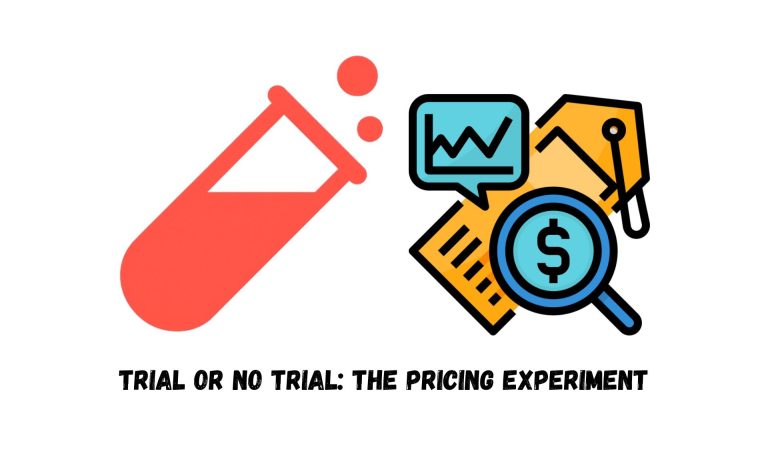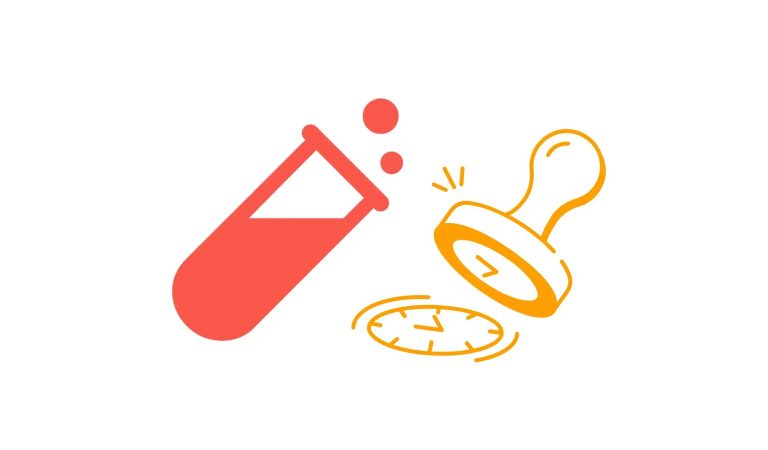We recently ran another A/B test on a client’s funnel—this time focused on trust signals. The client’s original landing page ended quietly: just a disclaimer and a footer. No social proof, no reinforcement.
And we couldn’t help but wonder… what if a simple addition—like a testimonial—could make a measurable difference?
This was especially important because this was the first page most users landed on. A cold impression. And we know from experience: when people feel uncertainty, they don’t convert.
Testimonials on purchase pages are known to build trust and often, the more the better. But opt-in pages are a different story. In this test, we’re exploring whether adding testimonials can also boost conversion rates on an opt-in page.
Our Hypothesis
Adding testimonials would make the page feel more credible, and that boost in perceived trust would encourage more users to opt in.
We also believed the volume of testimonials could matter. One voice might add a touch of reassurance. Three might strengthen the effect—or potentially overwhelm.

Test Design
We designed a test with one control group and two variants.
- Control: Saw the original version: no testimonials, just a disclaimer and footer.
- Test Group 1 (TG1): Saw a single client testimonial just above the footer.
- Test Group 2 (TG2): Saw three different testimonials stacked in the same position.
To build these variants, we used a general-purpose script that dynamically reveals different testimonial sections based on group assignment. Each testimonial had its own unique element ID, making the switching clean and consistent across sessions.
Metrics Tracked
Our primary metric was the opt-in rate. Specifically, we tracked whether a user reached the Thank You page, captured as a page view in PostHog’s Data Management. This served as our main conversion signal.
We also tracked two secondary metrics:
- Checkout Page Views
- Purchase Page Views
These helped us understand whether the impact of testimonials extended beyond the opt-in step.
Results
After 9 days and 1,798 users, we saw statistically significant differences across the variants:
| Conversion Rate | Delta | Win Probablity | |
| Control | 60.43% | Baseline | 5.87% |
| test_group_1 | 64.20% | +8.24% | 74.56% |
| test_group_2 | 61.99% | +2.58% | 19.57% |
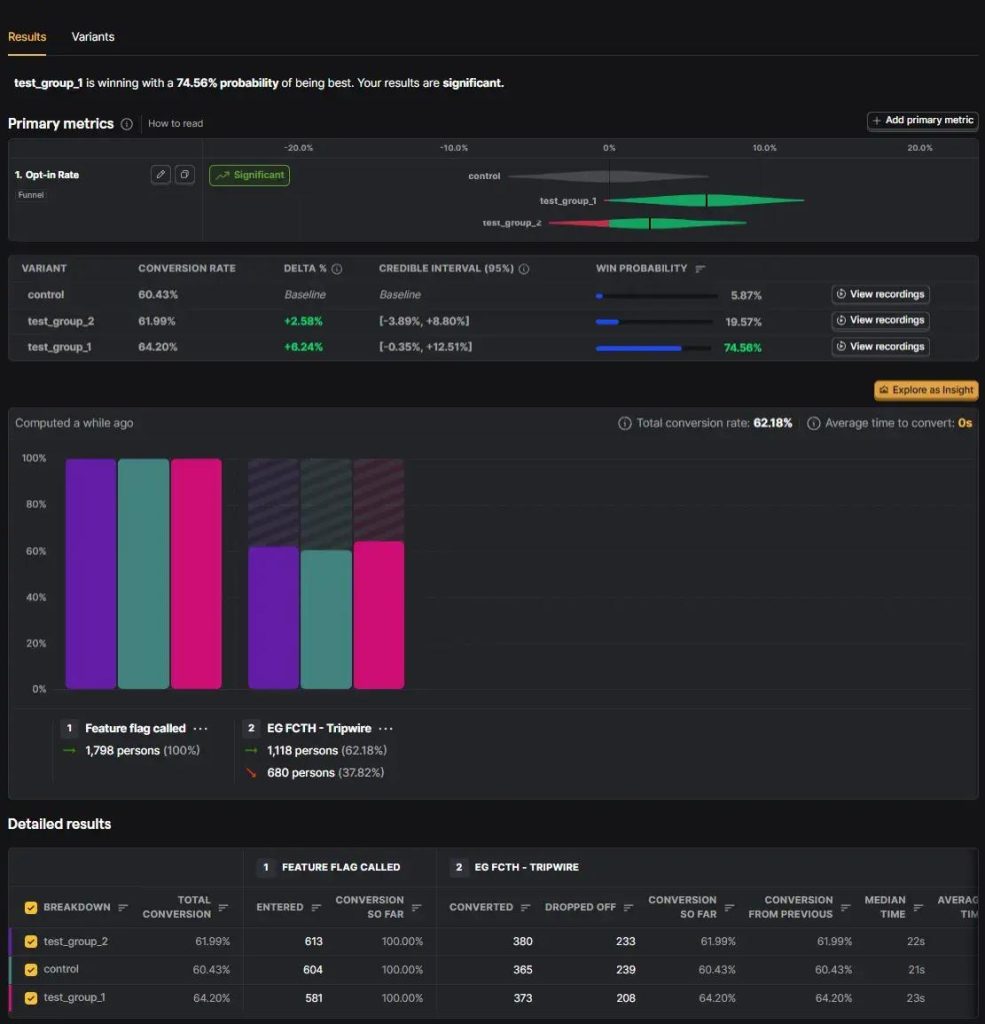
Our Perspective
This test gave us a powerful reminder: trust always matters, but more isn’t always better.
The single testimonial (TG1) outperformed the three-testimonial version (TG2). Why? Our theory is that one clear voice feels personal and authentic, while three in a row can start to feel like marketing clutter, especially on a simple opt-in page.
That said, we don’t believe this outcome universally applies to every page. Product pages or long-form sales pages benefit from more extensive social proof. But for first-touch landing pages, clarity and simplicity seem to win.
So yes, testimonials work—but how you present them matters even more.
If you want to set up a test like this, PostHog walks you through it in this guide.
And if you’re working with WordPress or Shopify, check out these step-by-step tutorials:
How to Setup PostHog A/B Test on WordPress
How to Setup PostHog A/B Test on Shopify



